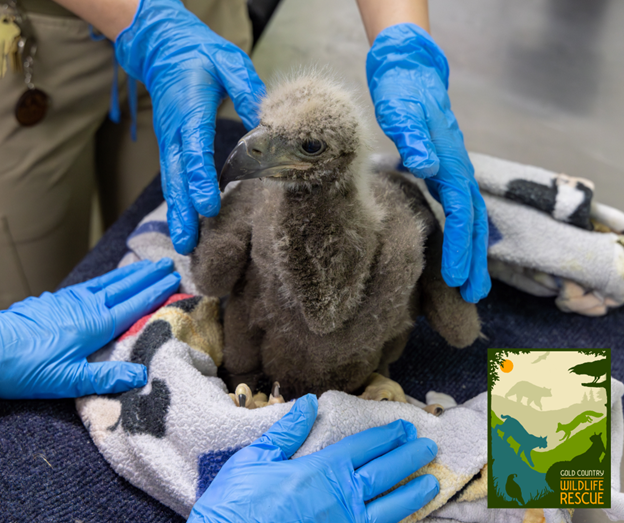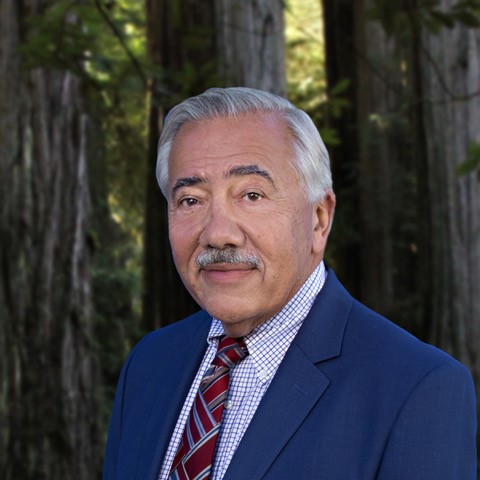THE WILDFIRES THAT DESTROYED habitat across Northern California in 2021, impacted both human and wildlife communities. Rescuers brought wildlife that sustained burns and other injuries in the Lava, Antelope, Dixie, and Caldor Fires to our Wildlife Intake Center. Your donations helped secure the medicine, supplies, and resources to care for each one of these animals. Today, because of you, wildlife that survived these fires and received care at our facility were able to return to the wild.
Wildlife that received a second chance included the bobcat we received from the Lava Fire on July 25, 2021, suffering from burns and injuries. He arrived emaciated and weighed about 50% of his normal 30-35 lb. weight. Under the care of WDN volunteer veterinarian, Dr. Peyton, his paws and injuries completely healed, and regular medical exams confirmed that his claws which he needs to hunt were not damaged. On October 13, 2021, our team joined biologists from the California Department of Fish and Wildlife to transport him to a remote location, close to his rescue site, and released him back to the wild. The BBC joined our team for this release and included footage of this bobcat’s return to the wild in the “Our Changing Planet” segment that covered the Wildlife Disaster Network and Gold Country Wildlife Rescue. You can watch this video on our YouTube channel at: www.youtube.com/user/GCWRtv
Two of the black bear cubs brought to our Wildlife Intake Center included “Reggie Taylor” (ID 21-4395) and “Vinny” (ID 21-5488), both rescued from the Dixie Fire with injuries that included burns. After arriving in August and September, respectively they spent over seven months at our Wildlife Intake Center. On April 28, 2022, the California Department of Fish and Wildlife returned “Reggie Taylor” and “Vinny” back to the wild.
A video on our YouTube channel follows these black bear cubs during their time in our care to their final release back to the wild. You can watch this video and the powerful work of your donations at:
www.youtube.com/user/GCWRtv
And what about the tiny flying squirrel rescued from the ashes of the Caldor Fire? We receive orphaned and injured flying squirrels throughout the year so we knew it would only be a matter of time before we could introduce this squirrel to other flying squirrels in our care. It did not take long for these flying squirrels to create their own colony. Once everyone was ready, we released the entire colony together at a remote location with the habitat to support their successful return to the wild.
We thank everyone who helped give each of these animals a second chance. Rescuers, volunteers, staff, the Wildlife Disaster Network, and the California Department of Fish and Wildlife working together with the support of our generous donors made it possible to return these animals back to the wild.





